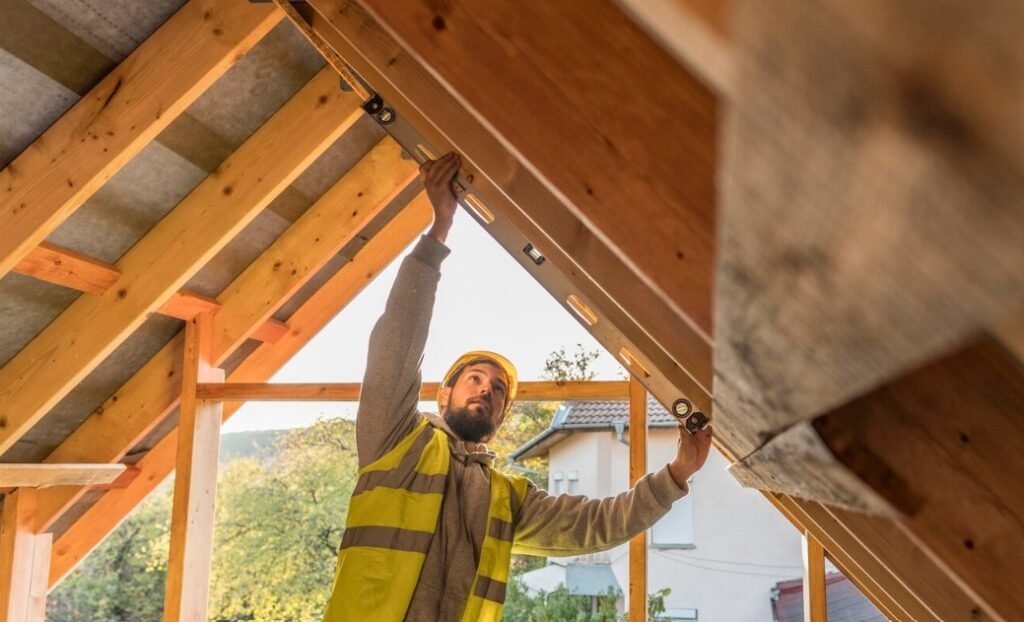Wall Insulation Tips for a Cozy, Energy-Efficient Home
Wall insulation Options for Maximum Comfort and Savings
Basic Information
Creating a comfortable living environment while minimizing energy consumption is a priority for homeowners today. One of the most effective ways to achieve this balance is through proper wall insulation. Not only does it help regulate indoor temperatures, but it also reduces energy bills and contributes to a more sustainable lifestyle. This guide explores practical wall insulation tips to enhance both comfort and efficiency in your home.
Understanding Wall Insulation
Wall insulation acts as a barrier, slowing the transfer of heat between the interior and exterior of your home. In colder months, it keeps warmth inside, while during summer, it helps maintain cooler indoor temperatures. This thermal resistance reduces the need for constant heating or cooling, ultimately lowering energy consumption and costs.
Various materials are used for wall insulation, each with unique properties. Choosing the right type depends on factors such as climate, wall structure, and budget. Among the most popular options are insulation batts, spray foam, and rigid foam boards.
Benefits of Proper Wall Insulation
Investing in wall insulation offers multiple advantages, both practical and financial:
-
Energy Savings: Efficient insulation reduces reliance on heating and cooling systems, leading to lower utility bills.
-
Enhanced Comfort: Proper insulation prevents drafts and maintains consistent indoor temperatures.
-
Noise Reduction: Insulated walls act as sound barriers, minimizing external noise and creating a quieter home.
-
Environmental Impact: Reducing energy usage decreases carbon emissions, contributing to a greener lifestyle.
-
Property Value: Homes with effective insulation often have higher market appeal due to improved energy efficiency.
Choosing the Right Insulation Material
Selecting the appropriate insulation material is crucial for maximizing efficiency. Among the most widely used are insulation batts, which come in pre-cut panels made from fiberglass, mineral wool, or natural fibers. They are ideal for standard wall cavities and offer a balance between cost and performance.
Other options include:
-
Spray Foam Insulation: Expands to fill irregular gaps, providing excellent air sealing.
-
Rigid Foam Panels: Ideal for external walls or where higher R-values are required.
-
Blown-In Insulation: Useful for retrofitting older homes with hard-to-reach wall cavities.
When evaluating insulation materials, consider their R-value, which measures thermal resistance. Higher R-values indicate better insulation performance.
Installation Tips for Wall Insulation
Proper installation is key to ensuring your insulation performs effectively. Follow these tips to optimize results:
-
Inspect and Prepare Walls: Before installing insulation, check for moisture, mold, or structural issues. Repair any damage to ensure a safe and effective installation.
-
Seal Gaps and Cracks: Use caulk or expanding foam to seal gaps around windows, doors, and electrical outlets. This prevents air leakage and enhances insulation performance.
-
Fit Insulation Batts Properly: When using insulation batts, cut them to fit snugly within wall cavities without compressing the material, as this can reduce effectiveness.
-
Layering for Added Efficiency: In colder climates, consider layering insulation to achieve higher R-values.
-
Protect Against Moisture: Install a vapor barrier if needed to prevent condensation and moisture buildup, which can compromise insulation effectiveness.
Wall Insulation for Existing Homes
Retrofitting insulation in older homes can be challenging but highly rewarding. Options include blown-in insulation, spray foam, or adding insulation panels to interior walls. Homeowners should prioritize areas with the most heat loss, such as exterior walls, attics, and basements, to maximize energy efficiency.
Regular maintenance is also important. Inspect insulation periodically for signs of damage or compression, which can reduce performance over time.
Environmental and Financial Considerations
While the upfront cost of wall insulation may vary, the long-term savings and environmental benefits make it a worthwhile investment. Homes with well-insulated walls consume less energy for heating and cooling, reducing both bills and carbon footprint. Additionally, many governments and local authorities offer incentives for energy-efficient home improvements, making insulation an economically attractive choice.
Common Mistakes to Avoid
Even minor errors in installation can compromise insulation efficiency. Avoid these common pitfalls:
-
Over-compressing insulation batts, which lowers their thermal resistance.
-
Neglecting to seal air leaks before installing insulation.
-
Using the wrong insulation type for your wall structure or climate.
-
Ignoring moisture control, leading to mold and structural damage.
By addressing these issues, homeowners can ensure their wall insulation performs at its best.
Conclusion
Investing in wall insulation is more than just a home improvement—it’s a step toward comfort, sustainability, and energy efficiency. Whether building a new home or upgrading an existing one, following proper installation practices and choosing suitable materials like insulation batts can dramatically improve indoor comfort and reduce energy costs. A well-insulated home not only benefits its occupants but also contributes positively to the environment, making it a smart choice for any homeowner seeking a cozy, energy-efficient living space.


